Physiotherapy for paediatric hip conditions
Physiotherapy can be helpful in managing and treating various pediatric hip problems such as slipped capital femoral epiphysis (SCFE), Legg-Calve-Perthes disease (LCPD), and irritable hip. Here are some ways in which physiotherapy can help:
Exercise therapy: Exercises can help to improve range of motion, strength, and flexibility of the hip joint, which can be beneficial in managing hip problems. For example, in SCFE, exercises that focus on strengthening the hip and thigh muscles can help to stabilize the hip joint.
Manual therapy: Techniques such as massage, joint mobilization, and stretching can help to reduce pain, stiffness, and muscle tension.
Education: Physiotherapists can provide education on how to manage symptoms, such as pain and stiffness, through lifestyle modifications and appropriate activities.
Gait training: Children with hip problems may experience difficulty walking or running. Physiotherapists can help to improve gait patterns and reduce pain during movement.
Orthotic management: In some cases, orthotics such as braces or shoe inserts may be recommended to improve alignment and support the hip joint.
Hydrotherapy: Hydrotherapy, which involves exercising in a pool, can reduce the impact on the joints and muscles, and may be beneficial for children with hip problems.
It is important to note that the treatment plan will vary depending on the type and severity of hip problem and the child's age and individual needs. Therefore, it is recommended to consult with a physiotherapist who specializes in pediatric hip problems and can conduct a thorough assessment and design an individualized treatment plan to address the specific needs of the child. Additionally, physiotherapy should be part of a comprehensive management approach to pediatric hip problems that may include medication, surgery, and other treatments.
